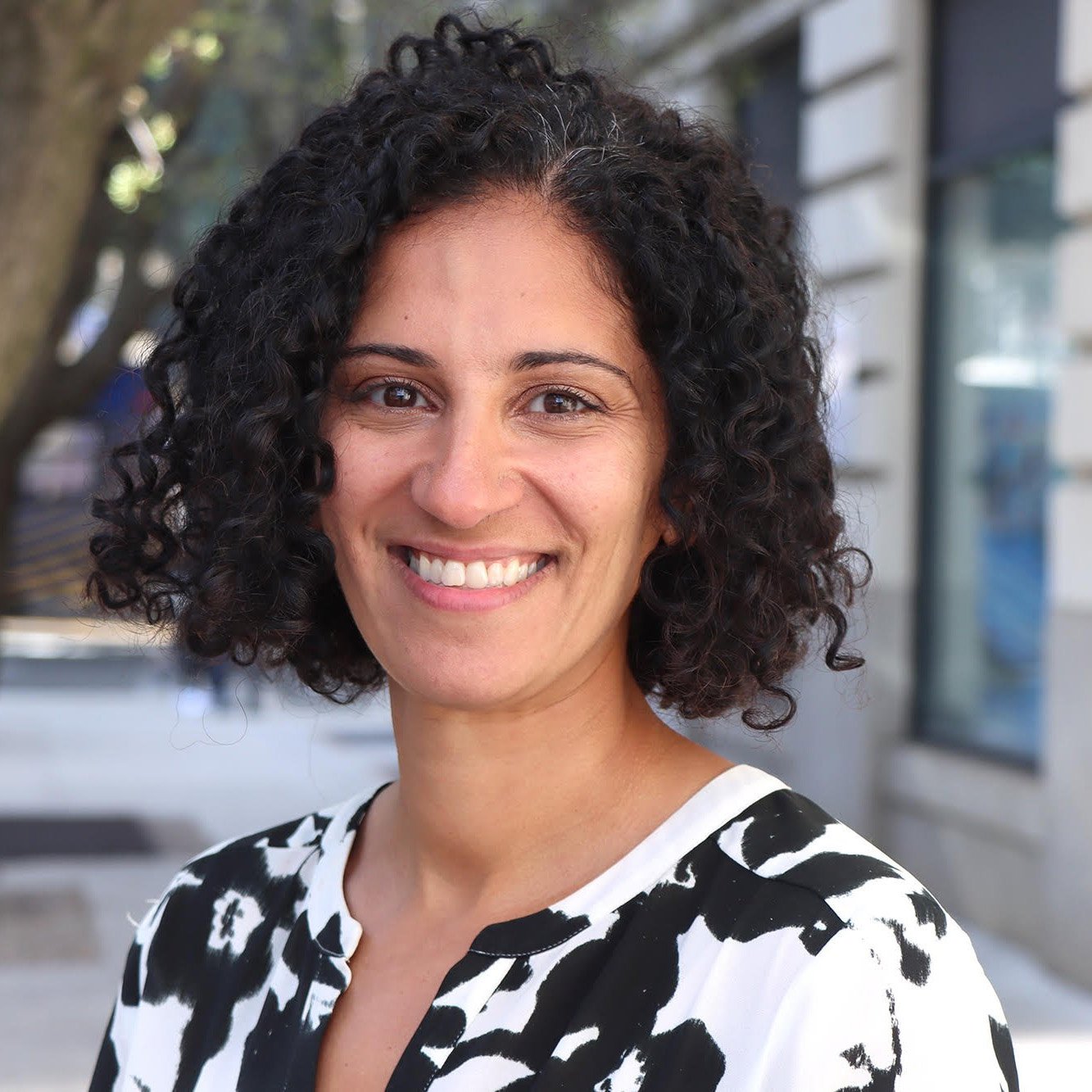Successful fundraising starts with a strategy and a plan.
Nonprofits are driven by vision and mission. Fulfilling these requires resources. For many organizations those resources come from philanthropic support. By helping you expand your fundraising resources, JMA is your ally in implementing your vision and delivering on your mission.
Investing for Growth
Expanding philanthropic support takes an investment in fundraising. In order to invest smartly and efficiently, you need a strategy and a plan. JMA can partner with you to develop your overall fundraising vision, strategy, and plan.
Why Work with JMA?
Our history of success includes working with a vast range of organizations and fundraising programs. We’ve helped organizations of all different sizes determine the right approach to fundraising for their organization and their opportunities. In the same way, we can help you assess the current state of your development program and partner with you to expand your fundraising.
Development Assessments and Planning
The best place to start before investing in your development program is to understand the strengths and weaknesses of your current efforts, and then identify the best opportunities for growth.
Our 4-Step Approach
Historical analysis of the organization’s fundraising over the past 3-5 years to review revenue trends, donor segmentations, channel and campaign performance, cost effectiveness, and donor retention and engagement.
1
Staffing assessment of the development team to evaluate the structure, roles, skills, and capacity of the team.
2
Landscape analysis of peer and aspirant organizations to understand trends, identify best practices, and uncover opportunities for growth.
3
Development of a detailed action plan organized into strategic recommendations, operational changes, and capacity-building opportunities.
4
Investing for Growth:
Increasing Unrestricted Revenue
Every organization wants to grow fundraising revenue, but few boards and CEOs understand how different fundraising channels relate to each other and how best to invest for the maximum return in both the short and the long term.
Leaders need support in analyzing the strengths and weaknesses of their existing development program, including comparisons to external benchmarks. Investment opportunities can include doubling down on a successful channel, fixing a channel that has been underperforming, or developing a new channel (such as a mid-level program).
Before searching for a new Chief Development Officer, an organization should reconsider its approach to fundraising and development team structure to understand fully the role it's seeking to fill. This way the new CDO and the organization as a whole are set up for success.

Dina Guirguis
Interim Executive Director
NYC Outward Bound Schools
“Jethro supported our organization during a time of leadership transition on our Advancement team. He provided us with specific and actionable recommendations for building a sustainable team and a realistic approach to our fundraising. Jethro conducted a deep assessment of the development team and systems, a landscape analysis, and helped us make key hires for the department. His expertise was instrumental in navigating uncertainty and paving a way forward.”
Our Experience is Your Advantage
JMA has deep experience working with complex organizations and situations.
Leveraging external crises
-
From a fundraising perspective, these moments can be opportunities for donor engagement if leveraged correctly. Achieving short-term fundraising success is then based on how prepared the organization is. After the moment has passed, it takes ongoing investment in stewardship and engagement to ensure that these donors become more than solely episodic supporters.
-
The first step: determine how to maximize fundraising within the current legal structure and governance model—building on the existing structure’s strengths, and within existing cultures, to increase net revenue and improve donor experience. The second: fully understand the pros and cons of the current structure and consider how it might evolve over time.
Change is best accomplished by identifying a possible end state and designing a path there. Which portions of the development operation are best centralized, which will have the greatest impact if localized, and how will those elements work together? Often the hardest part in advocating for change is quantifying the revenue opportunity for stakeholders.
Optimizing fundraising within federated and networked organizations
Building advocacy and electoral fundraising
-
Building an advocacy program can require creating different organizations, such as a 501(c)4 and/or PAC or SuperPAC electoral entities, without diminishing the importance of fundraising for the c3. Even experienced fundraisers need significant training and support to be effective within c4 and electoral structures.
Without that support, c4 fundraising can become transactional and weaken existing relationships with donors.










